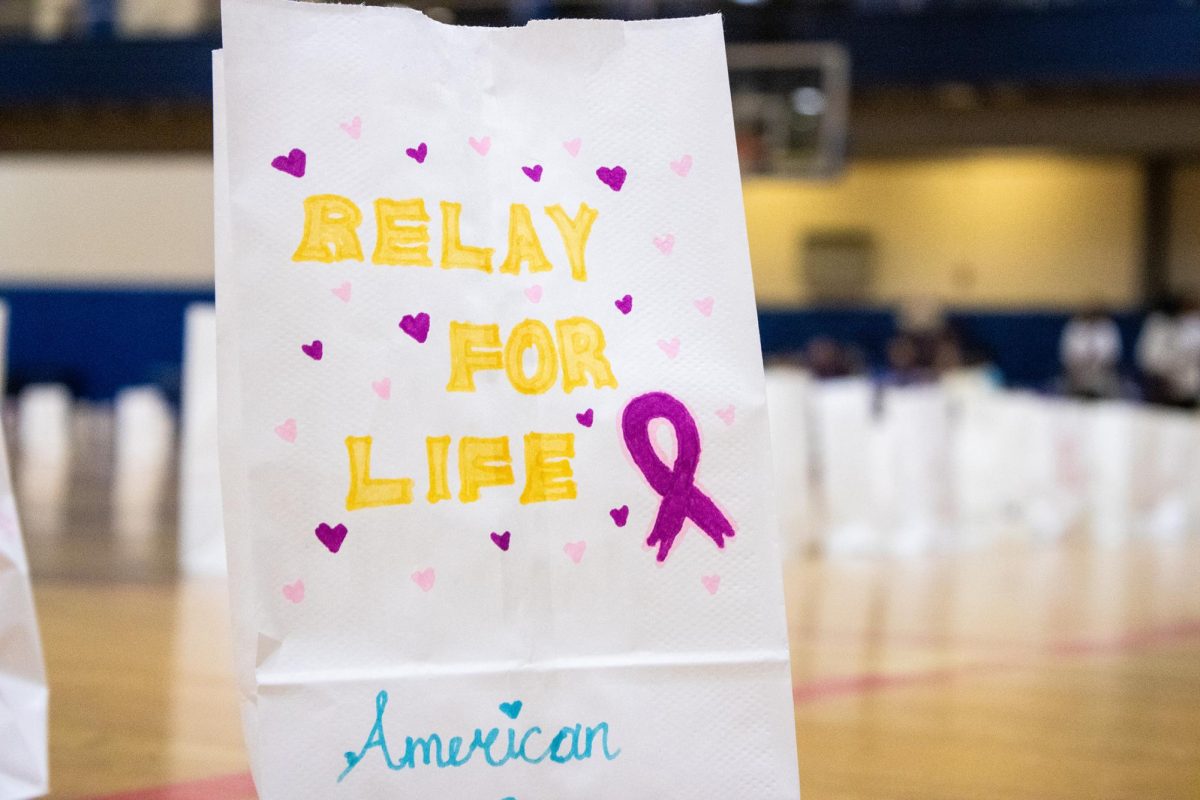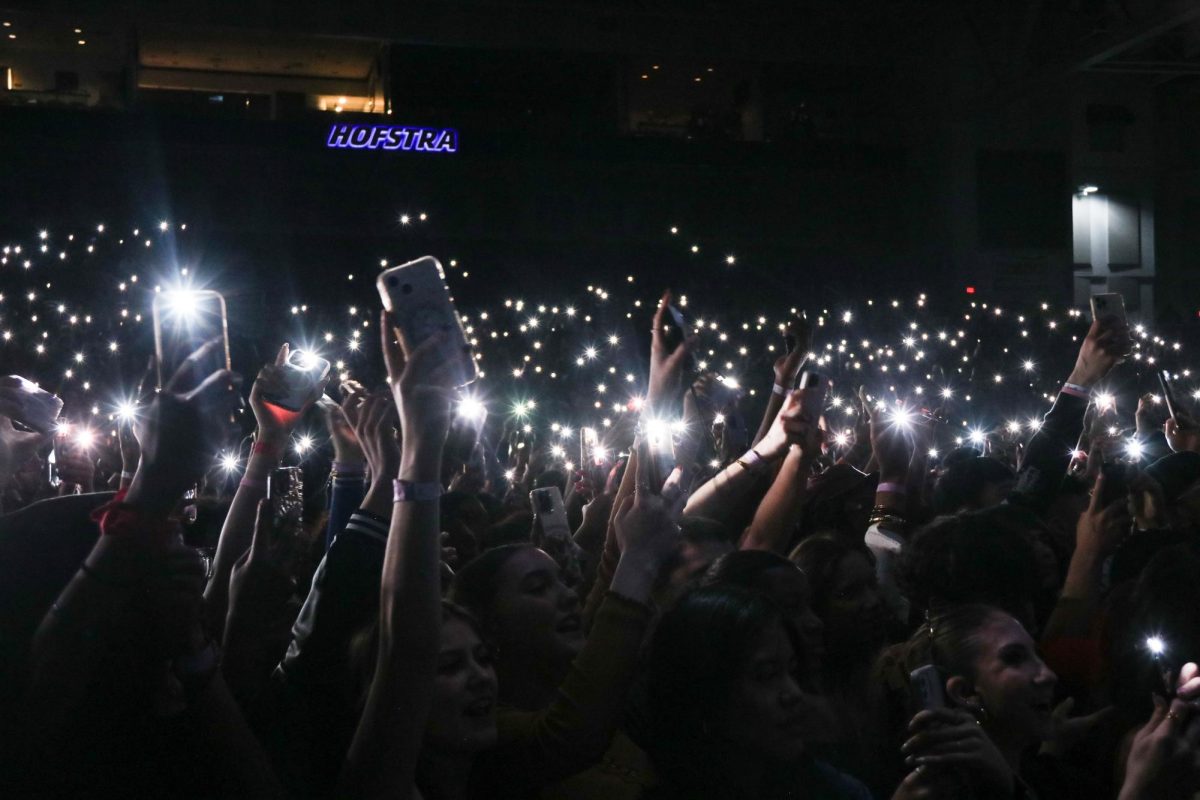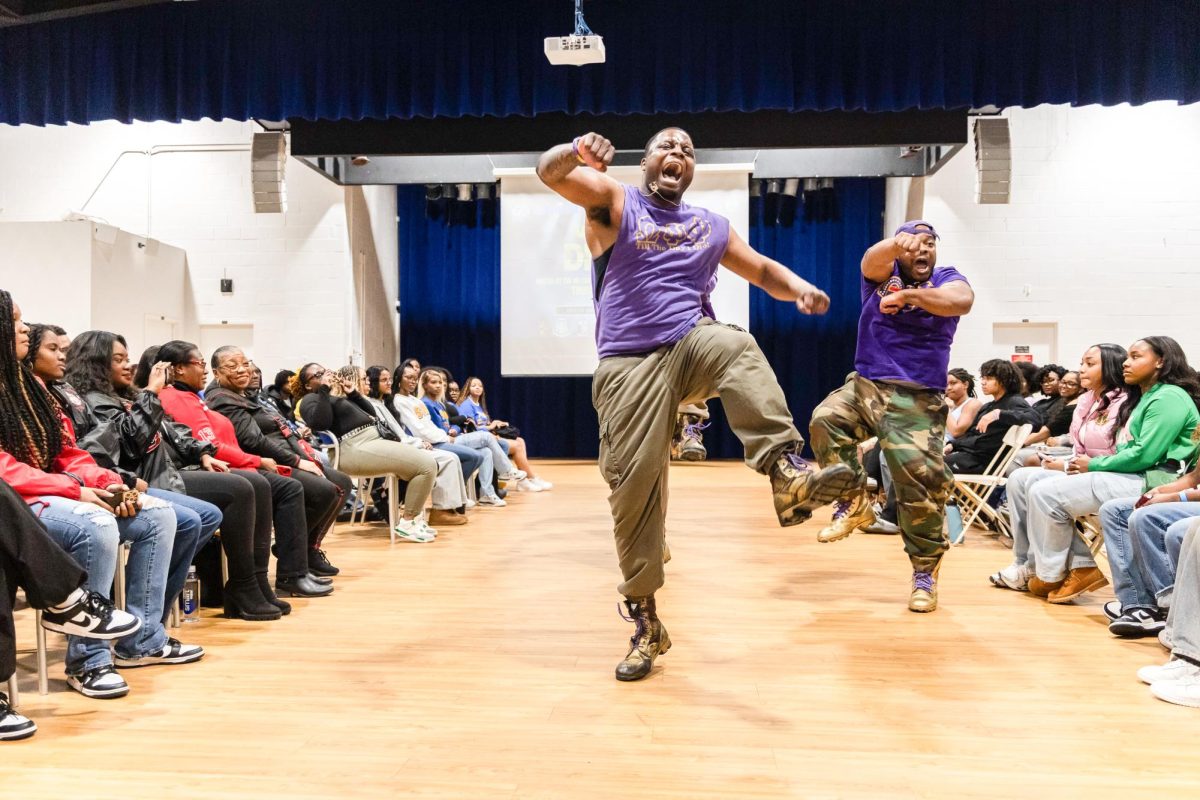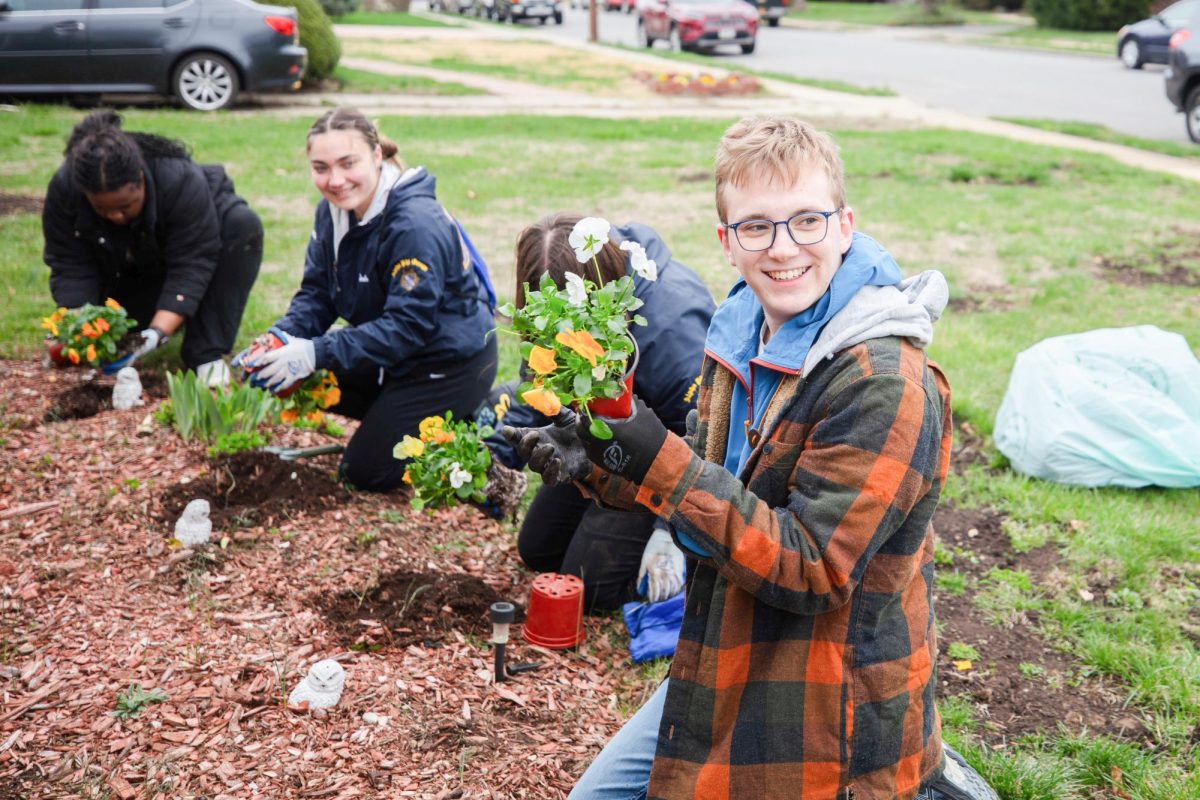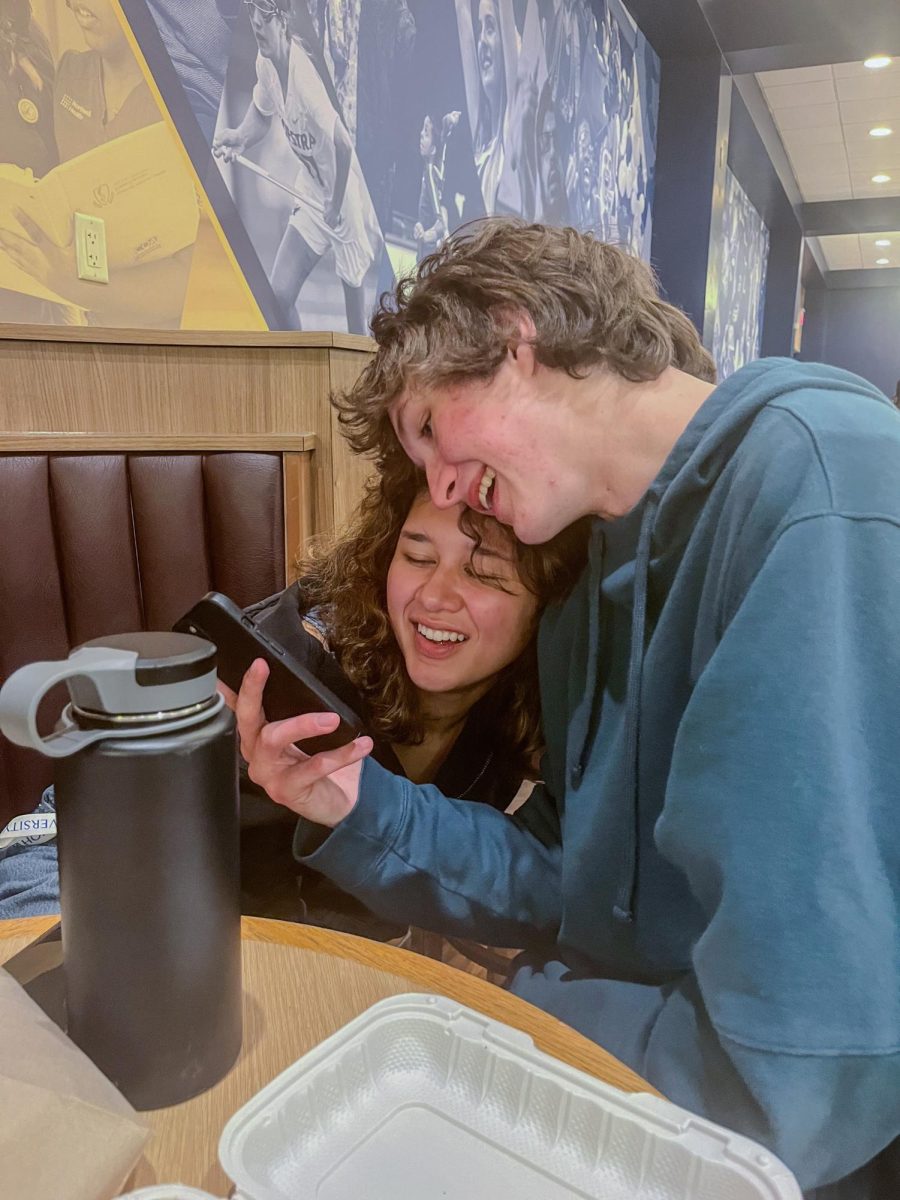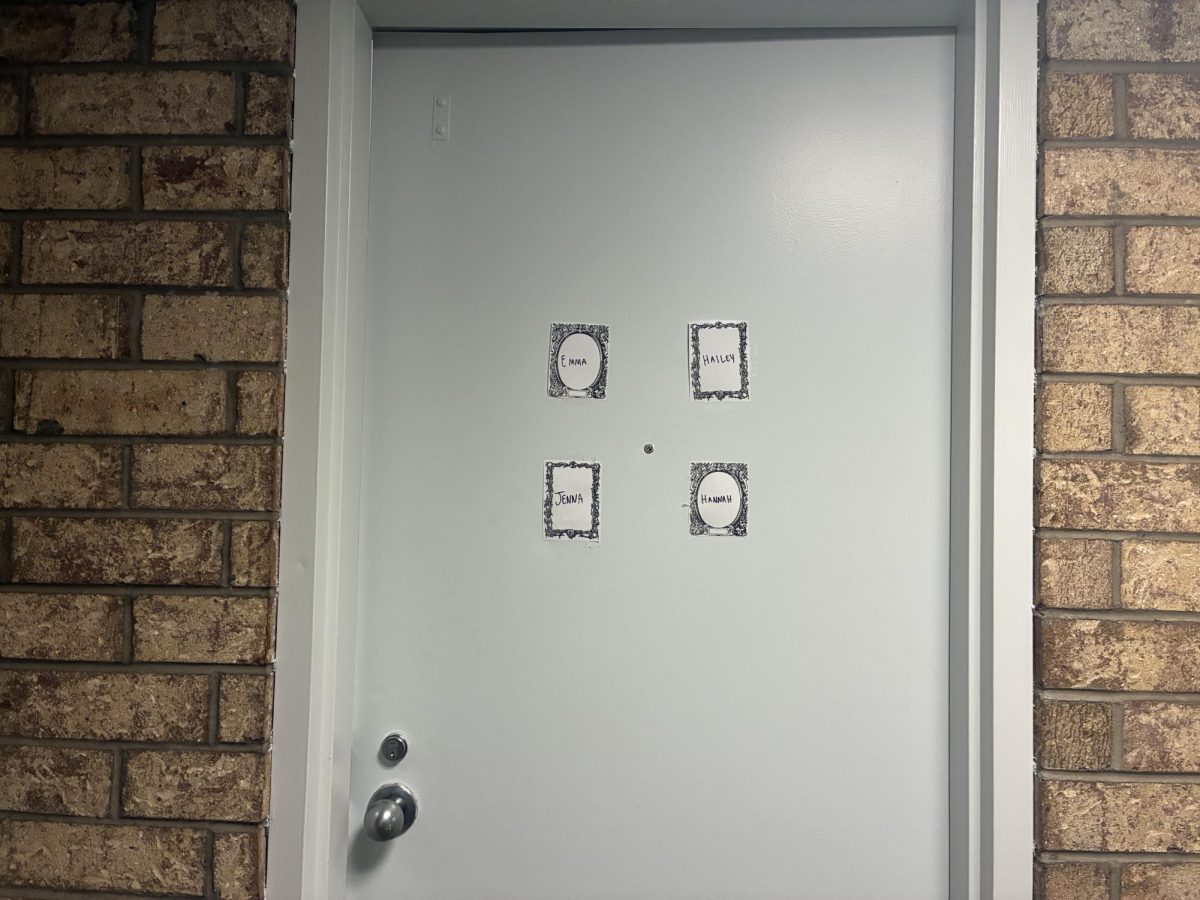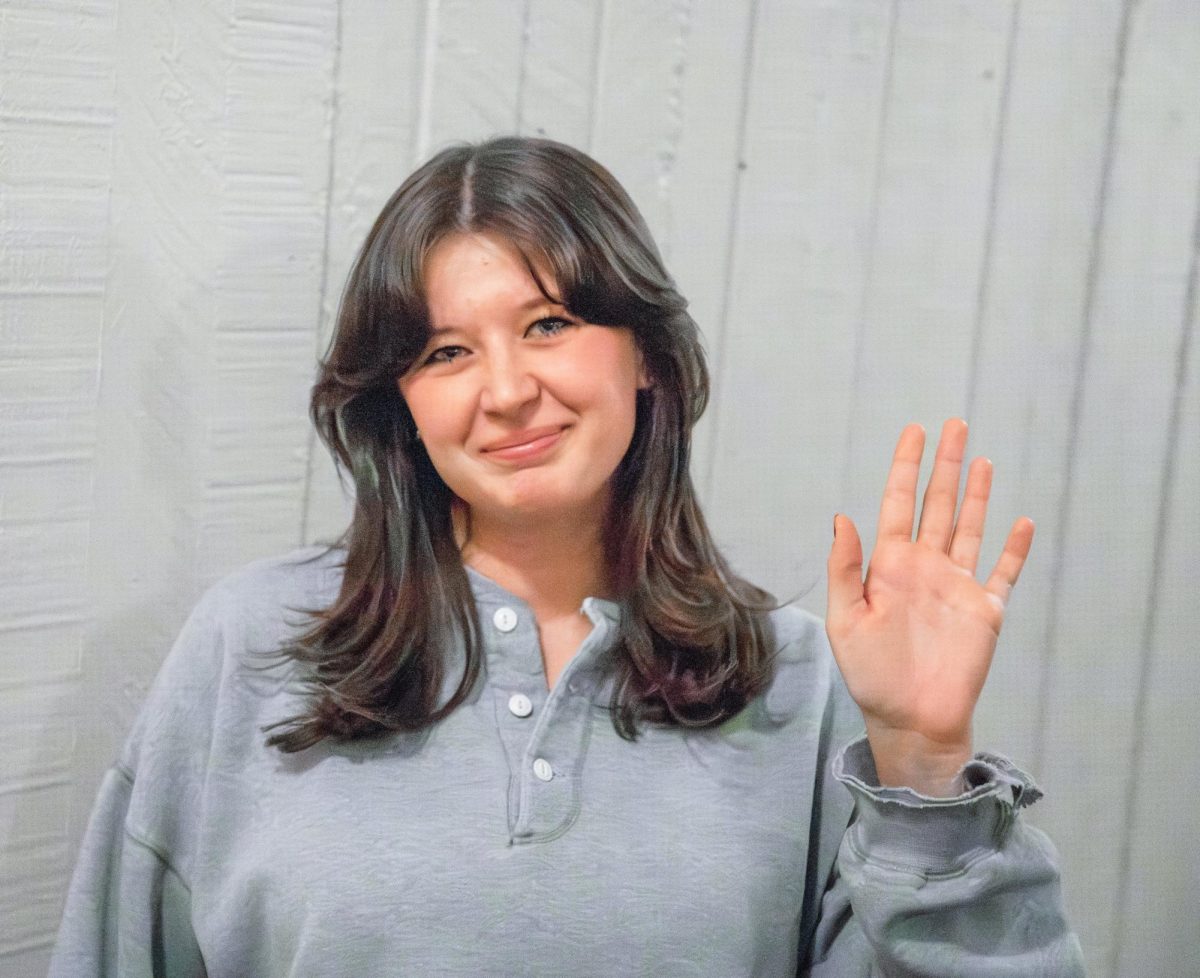By Marissa Matozzo
STAFF WRITER
As children, many of us grew to love the last night of October. We got to be someone else for one night. We could be our heroes, our favorite characters or our role models. As children, we didn’t see how dressing up could ever be wrong. We didn’t realize that a Pocahontas dress or Mulan kimono could ever hurt someone. We didn’t understand racism or how it could ever be implied through costumes. As college students, however, it is time we do.
The definition of cultural appropriation (often dubbed as misappropriation) is the taking over of creative or artistic forms, themes or practices by one cultural group from another. It is most often used to describe Western appropriations of non-Western or non-white forms. Cultural appropriation has connotations of exploitation and dominance.
We know the reasons why people dress up every October. Doing so is often part of social events, and carries with it a sense of nostalgia and revives child-like fun. What many do not know are the reasons why doing so can degrade those of non-white backgrounds.
“When white people appropriate (steal) an aspect of one’s culture, there is centuries of historic colonialism that stands behind it. People of color often are ridiculed for embracing aspects of their culture but white people are not – when white people do it it’s ‘cute’ or ‘trendy.’ I’m going to use aspects of my cultural identity as an example,” said Lola Solis, a Hofstra junior and women’s studies and history major.
“I’m Mexican and when I was younger I remember that the ‘chola’ look with tight braids, a bandana, dark lipstick and hoops was seen as ghetto and not classy,” she said. “But now the Kardashians are quite literally capitalizing off that look right now and now I see everyone wearing hoops and braids and bandanas and dark lipstick.”
“It trivializes traditions, cultures, races and identities into one usually stereotypical outfit. The message that this sends to people who have the identity being compressed into a costume is that they are not important, valid or visible unless it is in a ridiculing outfit,” said Samiyyah Uddin, a freshman psychology major.
“People who do blackface, yellowface or redface, for example, ignore the fact that these people cannot shed their identities, do not all look alike and can be put in danger by the identity that is casually donned and then casually tossed aside,” Uddin said. “I personally think a lot about being a mixed person; I sometimes don’t like my features or I feel insecure about how I appear in the eyes of other people. To have someone wear a costume making fun of features I’m insecure with really makes me feel unnecessary, unwanted and even more anxious than ever. I think this experience applies to a lot of people.”
The reasoning behind cultural appropriation, however, is often much more complicated and harder to define. It doesn’t only refer to Halloween costumes either.
“Half of it is plain ignorance and just not understanding why cultural appropriation is bad or what it even is. I think the other half is just people [wanting] to continue colonizing people of color – and I mean that in the most abstract way possible,” Solis said. “I don’t think people think in their heads, ‘I’m going to colonize her/him,’ but I think the idea of being able to do/wear something better and knowing that they won’t be ridiculed because they are white plays a big part – which I think is colonialism at its most basic level.”
“I think people culturally appropriate for a variety of different reasons. One reason is that I feel people think it is fun to be someone else for a change. When you grow up in a certain culture, looking a certain way and dressing a certain way, it is very easy for everything outside of this norm to appear ‘exotic’ and appealing. People take what they think is desirable from the culture and put it on themselves to try and partake in that unique experience,” Uddin said. “On the other hand, another reason might – unfortunately – be to lampoon others. Someone who already has a racist outlook on other people, feels that it is an ‘us vs. them’ situation or actively seeks to disturb people, will also culturally appropriate for the thrill of mocking others.”
Looking at the issue objectively, it appears that no one solution is best, for racism has been long woven into the fabric of this nation. Under the Trump regime, American citizens have become so divided that opposing party members are losing the ability to converse, discuss or even respect one another. Our generation has seen the debate on “fake news,” making members of opposing parties view each other as an enemy. Hofstra students, however, have ideas on how to combat such racism and hate.
“We can prevent this by taking part in a lot of cultural appreciation and by just listening. There is nothing wrong with cultural appreciation. The people around us know their culture the best and they are willing to share it if we approach them in an open-minded way and set aside preconceived notions,” Uddin said. “Attending cultural clubs, talking to your friends about their experiences and really thinking outside of your personal comfort zone before doing or saying something can help prevent cultural appropriation. We need to take a chance to listen to other people’s voices, especially if we want to be listened to ourselves.”
The first way to combat any form of injustice is to recognize it as such. The next step is to be aware and keep an open mind.
“We just need to continue educating and raising awareness by having insightful conversations. It can be hard because people like to make a lot of fun of cultural appropriation and not take it seriously, but we just need to keep fostering dialogue in every and any way possible,” Solis said.
For those who do not recognize the magnitude of cultural appropriation, looking at the debate regarding this topic and Halloween costumes is vital. The debate persists since people are offended, insulted and defamed. Rather than undermining the pain cultural costumes can cause, it is morally right to accept it is there in order to refrain from offending those who face oppression and discrimination in their daily lives.
After accepting the crucial vastness of the issue, the next step we must take is standing up and speaking up. Overall, the issue of cultural appropriation needs to be seen as an issue by everyone. Yes, wearing what makes one happy is important, but there is never a need to oppress or mock anyone else in order to do so. The issue doesn’t stop at minorities. It doesn’t stop at whites. It continues because those who feel oppressed cannot speak out. Those who oppress the minority’s ability to express their feelings by saying, “It’s only Halloween” and those who observe, but say nothing, allow it to keep happening.
“Minorities and people of color across the globe have been subjected to centuries of persecution, genocide, colonialism, etc., but the one thing no one has been able to totally destroy is their culture. Culture binds these communities together and it is what makes them special, unique and important,” Solis said. “These communities had to endure, and are still enduring, a long hard fight in order to maintain their culture despite endless Eurocentric, imperialist imposition. As college students you can even prevent cultural appropriation by calling out the white frat star next to you at the local party for wearing a sombrero.”


